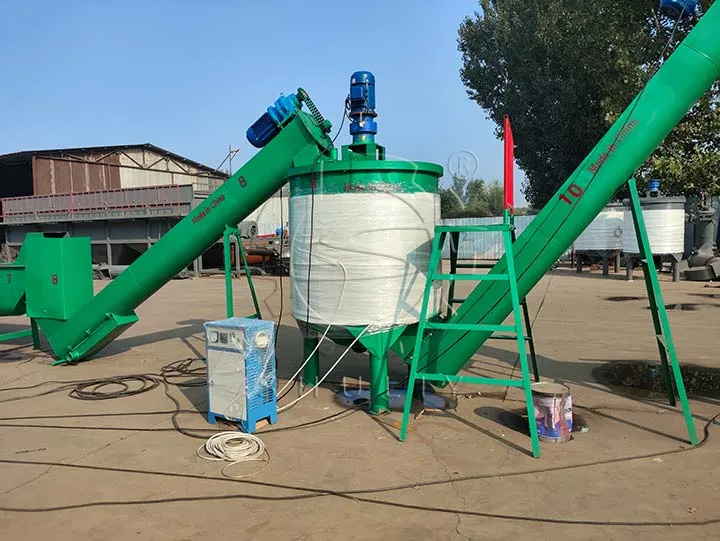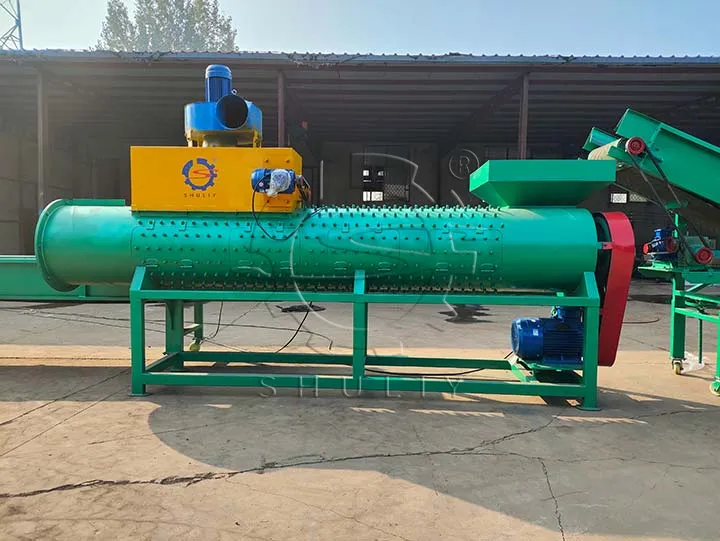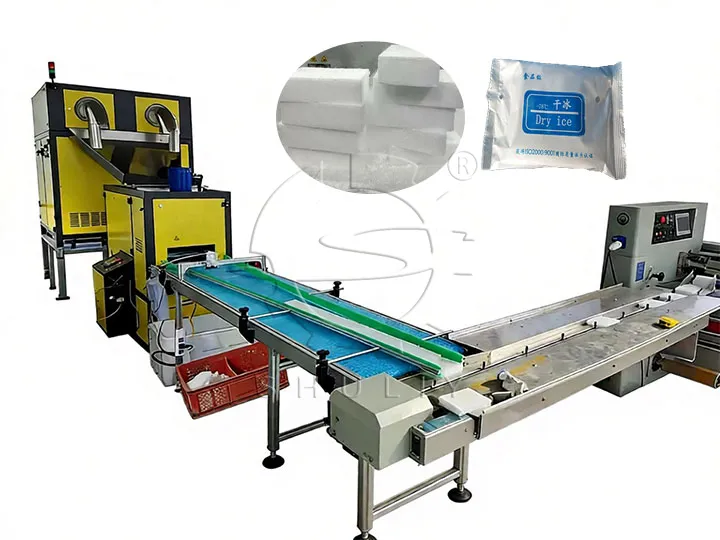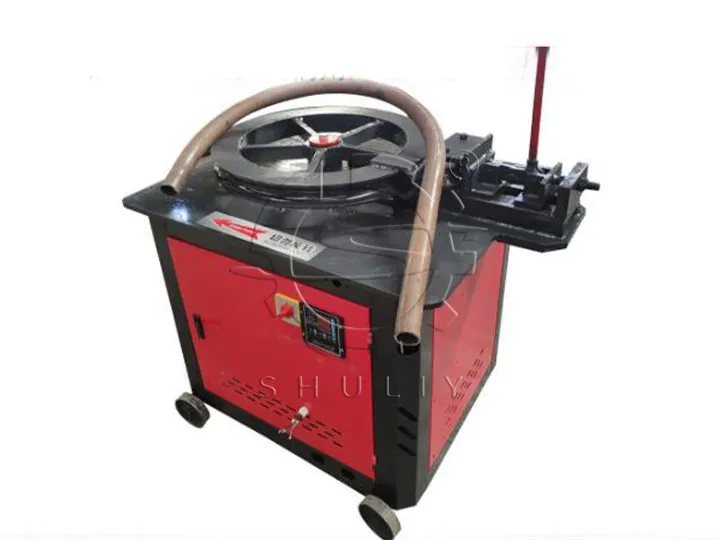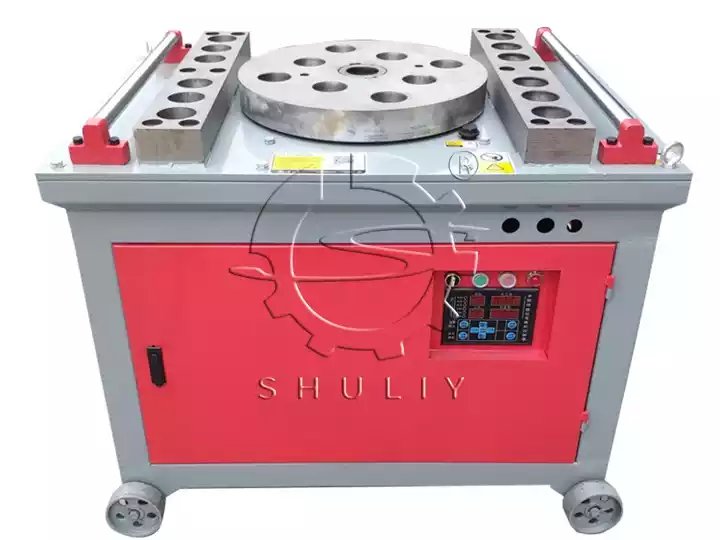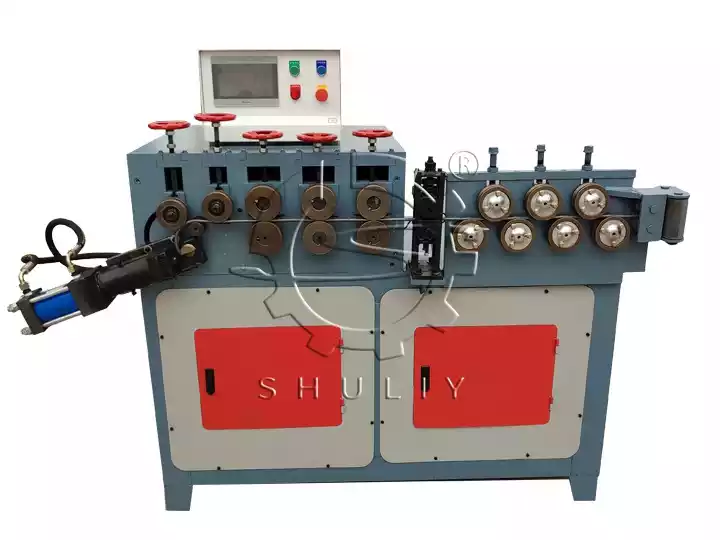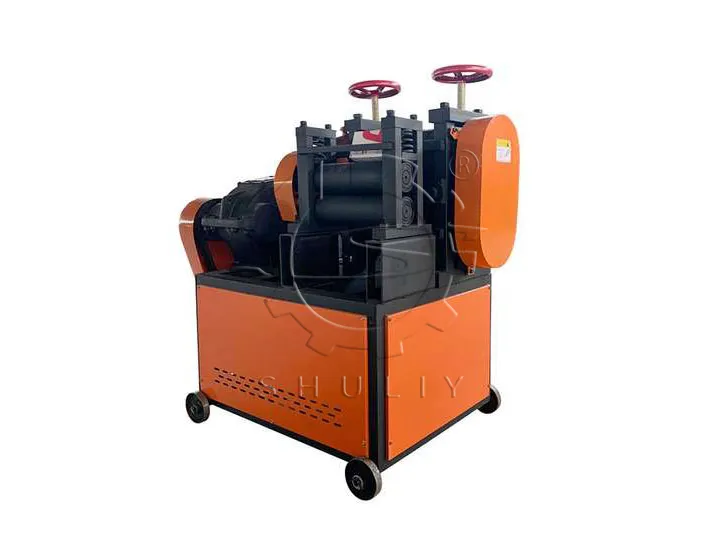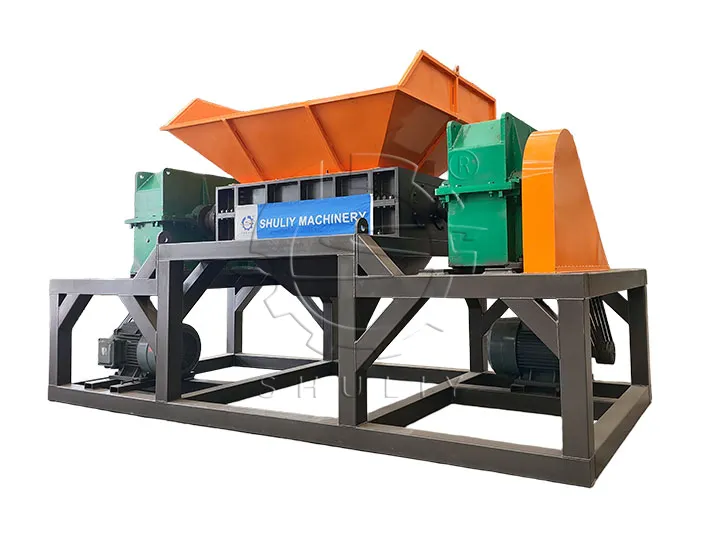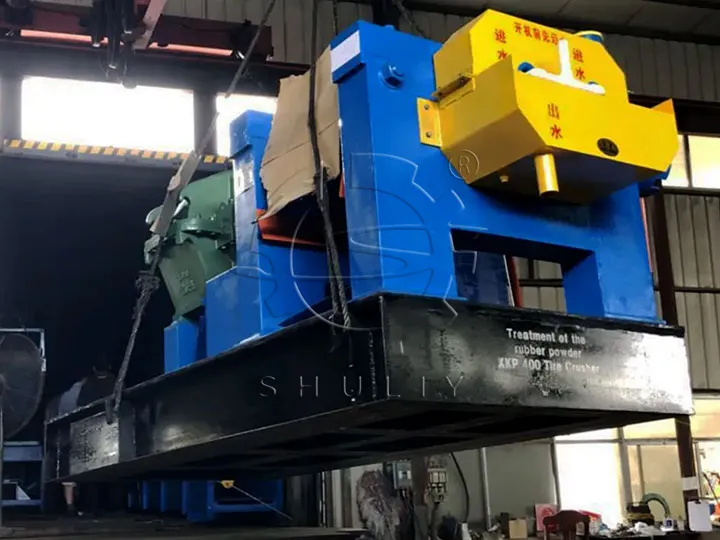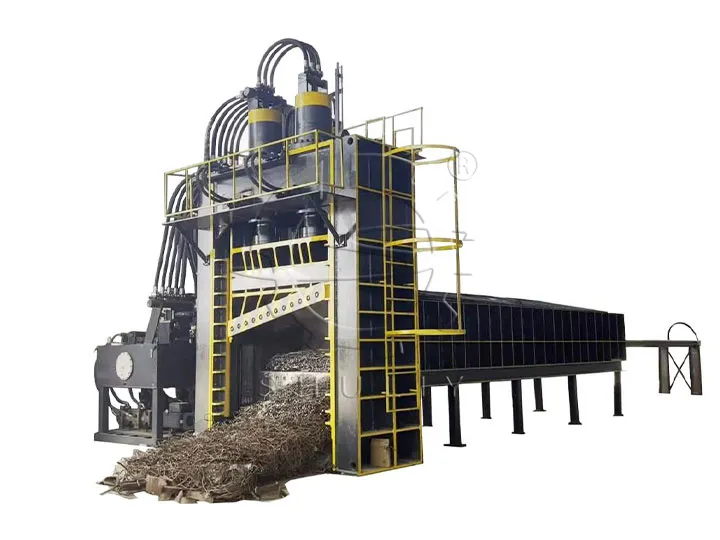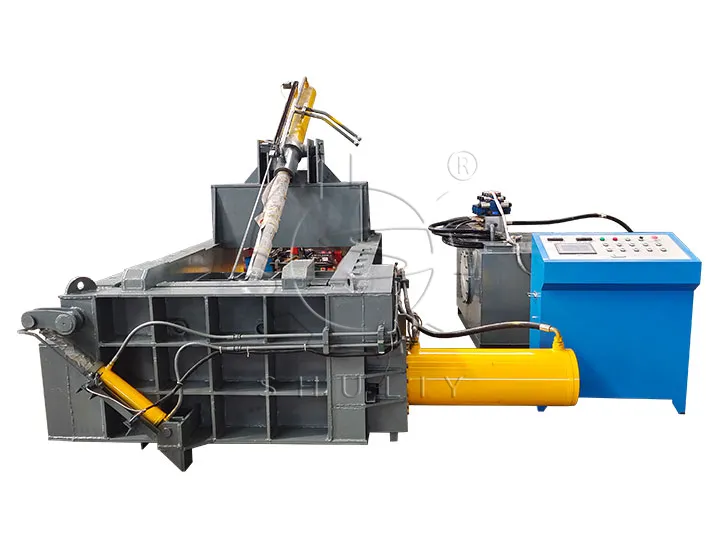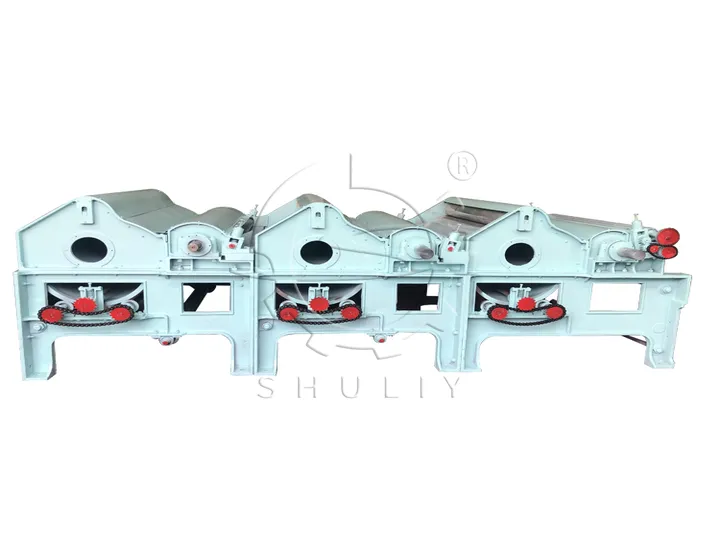Recycled PET bottle flake is processed from waste PET bottles after crushing and washing. In 2022, China’s waste plastic recycling volume was 18 million tonnes, of which 5.3 million tonnes of recycled PET was produced, accounting for 34%, and 4 million tonnes of discarded PET bottles, accounting for 22%, and it is expected that China’s waste plastic recycling volume in 2023 will be more than 20 million tonnes.
As a result, PET bottle recycling projects have seen a surge in domestic demand in recent years. However, the fluctuating recycling price of recycled PET bottle flakes has a significant impact on the sustainable development of the whole industry. What exactly are the factors that lead to fluctuations in recycling prices? This article will explore several aspects.
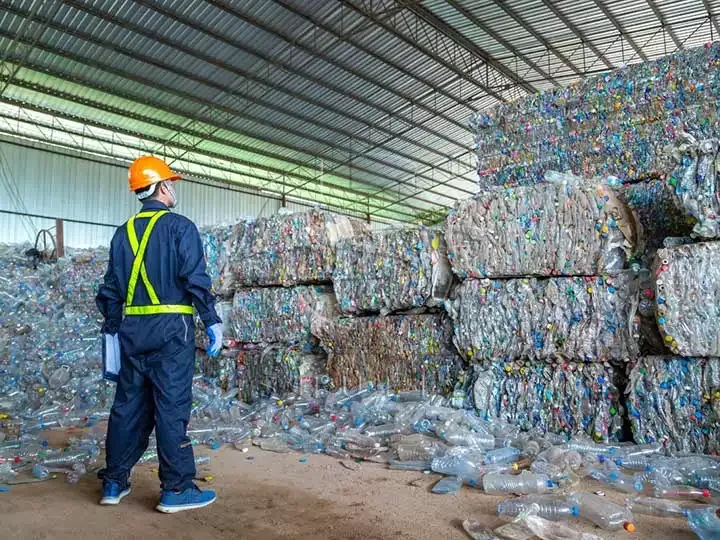
PET Bottle Recycling Background
As a widely used plastic product, PET bottles generate a large amount of waste worldwide. In order to reduce environmental pollution and resource waste, PET bottle recycling and reuse have been carried out around the world. However, there are a series of problems in the recycling process, which directly affect the quality and recycling price of recycled PET bottle flakes. From the analysis of the process of recycling and processing, we can summarise the following four points:
Deficiencies In The Raw Material Sorting Process
Plastic bottles as raw material can be classified into two categories, bottle bricks and loose bottles, according to their state. Bottle bricks can be further subdivided into five-colored bricks, three-colored bricks, and single-colored bricks. The main circulation in the market is three-colored bricks, which are mixed with white, blue, and green bottles. These bottle bricks not only contain sand, oil, paper, and other impurities but also may be mixed with some of the waste miscellaneous materials.
If there is too much debris after unpacking, it will significantly reduce the proportion of recycled PET bottle flakes. In the manual sorting stage, if not carefully selected, there may be a situation in which miscellaneous materials are omitted. The fact that some of the trimmings are not thoroughly separated at the processing stage may also lead to a slight discoloration of the recovered material, which may affect the recycled PET bottle flake price.
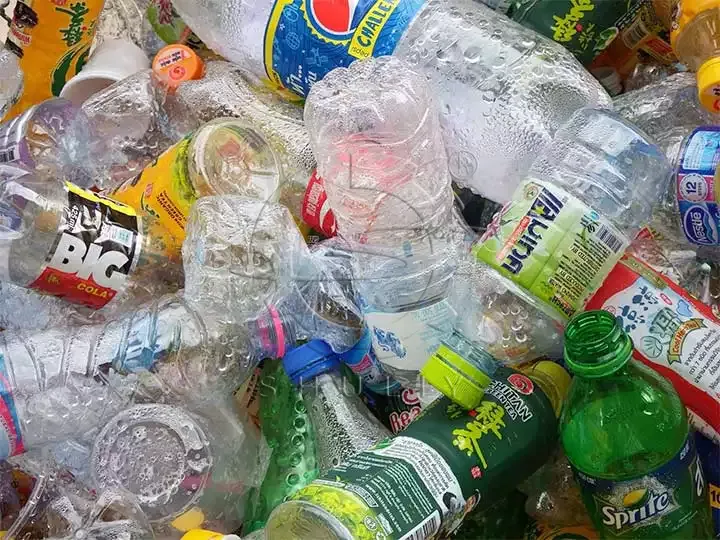
Lax Selection Of Raw Materials
Due to the different quality of bottle bricks, many unpacked will be mixed with a variety of plastic bottles, many PET bottle recycling machines have not yet been able to achieve 100% accurate sorting, but also need to manually re-select the gatekeeper. Some specialized plastic bottles may be missed during the recycling process. For example, some plastic bottles may be mixed with other materials and need to be singled out separately at the manual sorting stage. If these particular bottles are overmixed, they will be difficult to process for individual separation. In addition, plastic boxes with large-diameter aluminum caps and yellowed, aged plastic bottles need to be identified and picked out. Pre-training of operators therefore becomes particularly important.
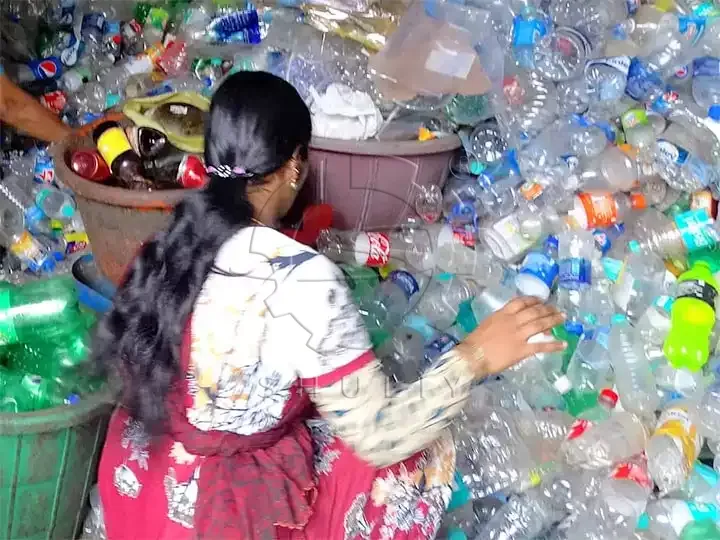
Labels And Caps Not Completely Separated
The incomplete separation of bottle labels and caps has also led to instability in the recycling price of recycled PET bottle flakes. Plastic bottles are usually composed of three parts, cap, bottle label, and bottle body, we mainly recycle the pieces of the finished bottle body, but the cap and bottle label must also be separated separately.
The bottle cap can be divided into PP and PE two main categories, plastic bottle labels can be divided into heat-shrinkable PVC labels, PP and PE adhesive labels, and sticker labels.
Among them, heat-shrinkable PVC labels must be separated from the label before crushing, and the adhesive and labeling labels can be separated by using density rinsing and air-selection after hot washing and detaching from the bottle flakes.
Process Affects Price Of Recycled PET Bottle Flakes
There are many factors that affect the quality of the finished product, including high-temperature hot washing, multiple rinsing, dewatering and drying, and wind-selected bale loading that can cause problems.
In high-temperature hot washing, temperature and time control are crucial, generally should be 85 to 92 ℃ cooking for 20 minutes, or even longer, to ensure that the cleanliness and viscosity meet the requirements. Multiple rinsing is the key to ensuring cleanliness, less rinsing is difficult to effectively remove the amount of glue and additives, affecting the quality of the recycled PET bottle flake. Dehydration drying, water content of only 1-2%, too high dehydration rate will affect the subsequent sorting accuracy. Air separation requires the use of high-quality sorting machines to thoroughly separate the powder and paper in the debris to obtain a higher purity of the recycled PET bottle flake.
These processes are closely related to the quality of the recycled PET bottle flake, and an in-depth understanding of the market and the process is essential to recycling plastics and avoiding labor.
